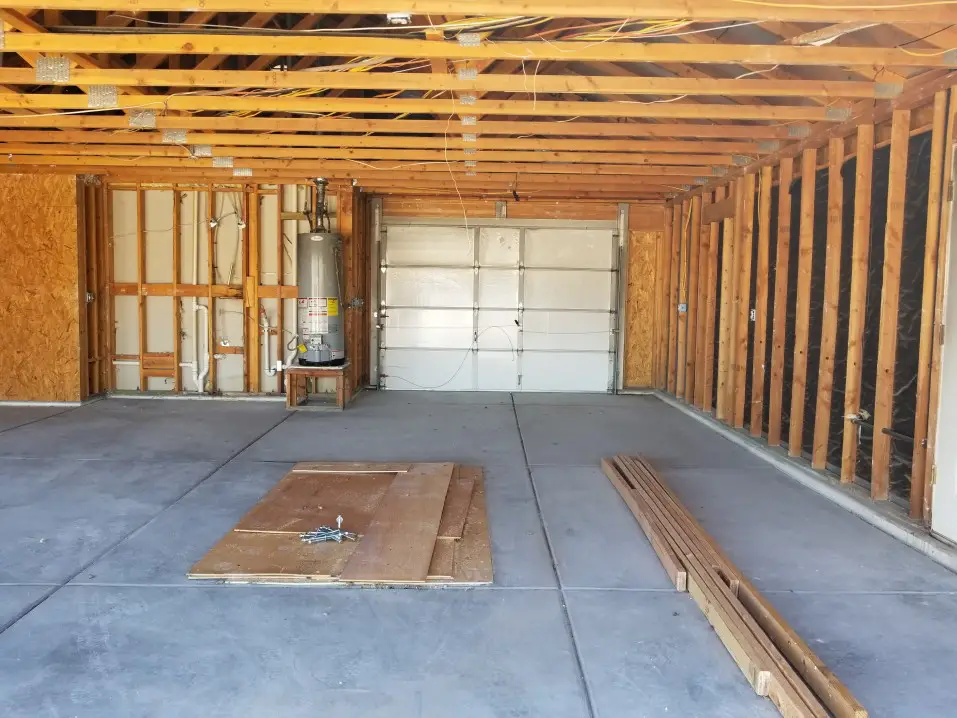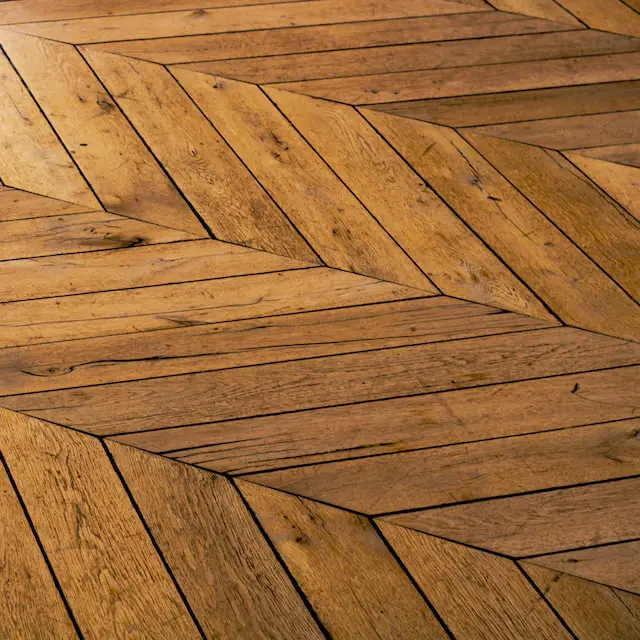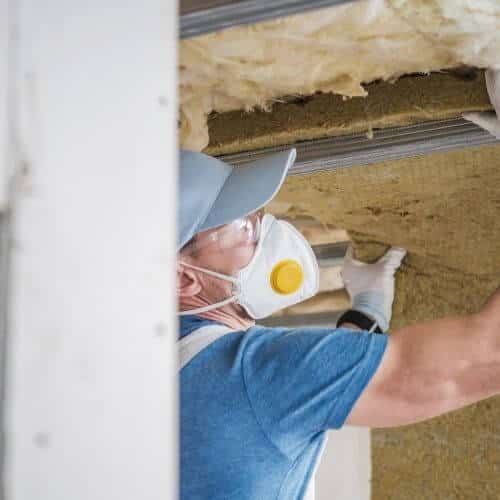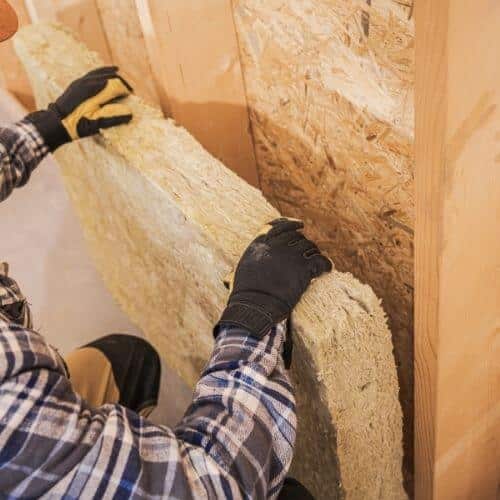Do you know how to draw moisture out of wood floors after flood?
Wood and water mix as well as oil and water. Even though it looks simple, a little moisture here and there can damage your wooden floors.
And this damage can manifest in warping, bubbling, blistering, creaky floors, cracking and splintering, and so much more. If moisture can do so much to our wooden floors, and, we can’t escape from water spills now and then. What is the way out?
You could always learn how to draw moisture out of wood floors. And this article intends to teach you just that. By the conclusion of this article, your floors will be squeaky dry, and protected.
How to Draw Moisture Out of Wood Floors

What will you need? Nothing out of the ordinary. Just a dehumidifier, towels/rags, absorbent material, fans, moisture meter, humidistat, and a water extraction machine(optional).
- Remove all Wet or Damp Items
This may seem like the obvious thing to do, but I assure you it is mostly overlooked. Start by removing any wet items like furniture, rugs, etc. from the entire floor (even the adjacent unaffected area). If you can remove the items from the room or even the house, depending on the degree of moisture, that would be ideal.
- Towel Dry The Area
Lay down several towels or rags on the floor and gently press them against the wood. Ensure you pat down and do not scrub. Once the area has been towel dried, use a mop, especially a microfiber mop to absorb any residual moisture.
- Run a dehumidifier
You may remember your elementary teacher saying something about the water cycle; evaporation, condensation, and precipitation. I bet you didn’t know that the water cycle is always taking place in the air you’re breathing, even when you’re inside your home.
A dehumidifier works by drawing warm air currents into its coils by using a fan. The warm air contracts as its fed through the refrigerated coils of the machine, and the condensation formed remains inside the dehumidifier.
The machine then releases cooler, drier air back into your home. A humidifier should bring down the moisture in the air by fifty to seventy percent.
A dehumidifier works perfectly in confined spaces like the basement, kitchen, or bathroom. When using a dehumidifier, ensure you place the machine as close to the floor as possible. It is more effective to use a dehumidifier with a humidistat.
A humidistat is a device that helps you regulate the humidity in your home. You can also use a moisture meter for hardwood floors to check for moisture.
- Open the Windows
Opening the windows is a default habit whenever we want to air out a room. Opening the windows and letting fresh air flow in can help hasten to dry and eliminate any lingering moisture.
You can also use multiple fans to continue drying the floor surface. Professionals recommend obtaining a carpet fan to hasten the drying process because this fan provides a powerful stream of air at floor level.
Don’t open the windows if it’s raining or if you live in a very humid environment because that will make the room/house more humid.
If water has leaked below the floor boards, follow the above steps, but you may need to remove a plank or two from the floor boards to air out the boards. If you are using a fan, you can direct it toward the exposed subfloor.
Note that a subfloor takes more time than usual to dry, so don’t be in a hurry to replace the boards.
- Add an absorbent material
Absorbent materials like sawdust, baking soda, or kitty litter help draw out moisture from the wood. Spread a generous amount of any of the following on the affected area and let it sit overnight.
- Sawdust
Sawdust contains cellulose, a naturally occurring substance that helps absorb moisture. This makes sawdust highly absorbent and non-toxic, safe for wooden floors.
To use sawdust, sprinkle it over the affected area. Allow to sit for at least a couple of hours and then vacuum.
- Baking Soda
Baking soda is a must-have for DIY especially when it comes to removing stains from hardwood floors and absorbing moisture. It contains sodium bicarbonate, a highly absorbent material that works by trapping moisture. However, baking soda can only absorb moisture in a tiny space. So, you can’t use baking soda for a pool of standing water. In addition, baking soda also acts as a deodorizer making it ideal for removing musty odors from wood.
To use baking soda, create a thick paste with water and spread it over the affected area. Let the mixture sit overnight and wipe it off the next day.
- Kitty Litter
This may sound like a weird option. But kitty litter is made from clay which is a natural absorbent making it ideal for drawing out moisture from the wood.
To use kitty litter, first spread the kitty litter over the surface of the floor. Let it sit overnight or until you notice that the litter has absorbed most of the water. Once this is done, you can proceed to sweep up and dispose of the litter.
You can also pour the litter into a container, drill holes in the lid and leave it in a room. Another method is to pour the litter into a sock, tie it tightly and leave the sock where you want to reduce moisture content.
You can let the kitty litter sit for a couple of weeks depending on the humidity in the room.
- Diaper
Yes, you read correctly. Diapers are readily available and low-cost sources of Silica. They do not stain the wood and come in packets. Pour it over the wood or break it and scatter it over the wood.
- Use a water extraction vacuum
Water extraction vacuums quickly and efficiently suck out moisture from carpets and floors. This should be the first step taken when the moisture levels are high before drying and dehumidifying a room.
This machine uses a vacuum to suck out moisture and also quickly dries the wood.
When using a suction machine, move it around in slow circles to ensure all the areas are dried. Moving it too quickly and haphazardly can cause the machine to miss some damp areas.
- Scrub the floors
This may seem counterproductive but there’s a very good reason for doing that. If your home has been flooded, or there has been a water leak, mud, and silt can get trapped in the crannies and corners of the floor.
So, before the floors dry, extensively scrub them with a sturdy but non-abrasive brush, a non-sudsing detergent/floor cleaner, and lots of water.
You want to use a very light scrubbing motion and ensure you work with the grain of the wood floor. Cleaning it will wet will prevent you from getting the wood wet after you have gone through the long process of getting them dry.
- Turn on the AC or Heating System
If you have a ducted air conditioning system (not a window air conditioning system) or a hydronic heating system, you can take advantage of this and turn it on for several hours.
This will help to dry out the air in your house and make it easier for your wooden floors to dry without warping or cracking.
- Call the professionals
Sometimes, regardless of what you do, you won’t be able to draw out all the moisture from the flooring. In such situations, calling a professional is the way to go.
Why should I dry my wooden floors?

- To stop the wood from rotting
If wood is not dried correctly, it remains damp. Damp environments are a breeding ground for saprophytic organisms like rot. Rotting wood is less resilient and can easily break.
- To prevent the wooden floors from warping
Wood warping is a deformity in wood that occurs when the moisture content in the different parts of wood changes unevenly. This causes the fibers to contract at different rates which alters the overall lay of the fibers. This process can take anywhere from days to months, depending on the environment and type of wood.
- To preserve the beauty of the floors
Exposure to water causes wood to become discolored and depending on the type of wood, extent, and duration of exposure, this discoloration could become permanent. Drying your wooden floors will help to maintain their natural beauty.
- To extend the life of your floors
By protecting your wooden floors against damage, you inevitably prolong the life of your floors. Dry wood also doesn’t readily attract insects.
Read Also: How To Clean Garage After a Flood
Final Thoughts
Water leakage can cause lots of problems in your home, especially with your wooden floors. The longer the moisture stays on the wood flooring, the greater the chance of damage. There are various ways to draw moisture out of wood floors. Various absorbent materials can aid you in this including, baking soda, kitty litter, clay, and diapers.
Read Next: Tankless Water Heater in Garage

Michael Davis is a heating & plumbing expert who currently works as independent contractor in SC. He also writes for Plumbertip.
For almost 10 years he worked on various plumbing tasks across South Carolina.



